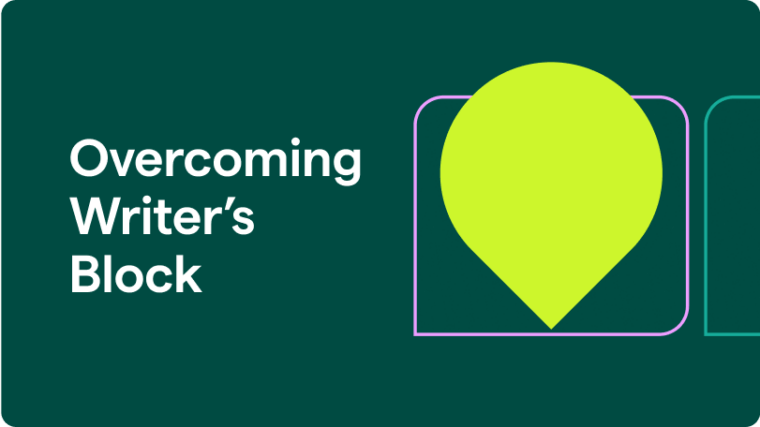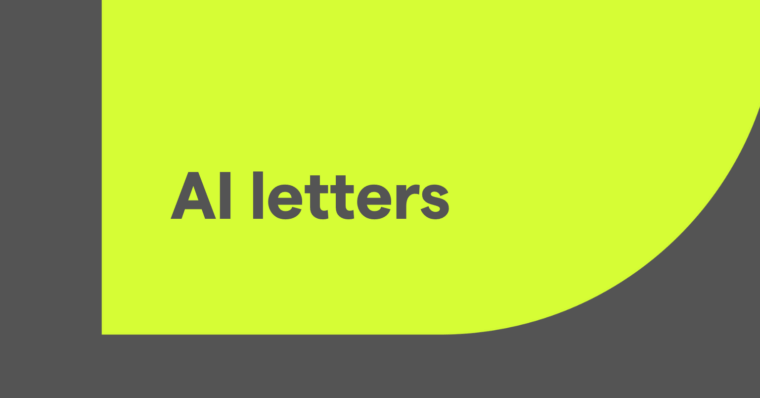
Group projects: Love ’em or hate ’em, they’re often part of the job.
Collaborative writing and other types of group projects push us to interact in ways that may initially feel uncomfortable. They can also help you become a better coworker, writer, and reader because in a group project, you need to coordinate with others, look at their work critically, incorporate their feedback into your own work, and communicate effectively. So overall, collaborative writing can be a win for you and your colleagues, you just need to know the basics to make the most of the project.
What is collaborative writing?
Collaborative writing is writing that’s done by a team, rather than by an individual. It’s commonly practiced in academic and professional settings, though it’s completely possible (and not necessarily uncommon) to do collaborative writing as a fun creative exercise.
The goal of collaborative writing is to bring multiple authors together to produce a written work. This could be a book, an article, an anthology, a white paper, a presentation, a research paper, or even something outside what you might typically think of as writing, like a comic book or a musical album.
There are a few reasons groups engage in collaborative writing. Perhaps the most common is to divide the work of creating a written piece among multiple people. Generally, students and colleagues collaborate on writing projects that would be too long or complex for one person to reasonably complete in the given span of time. Another is to leverage multiple authors’ knowledge on the work’s subject. One author might want to write an article or a book before realizing they don’t have enough knowledge about their chosen subject to cover it appropriately. To complete the project, they might collaborate with other authors to do the subject justice.
This latter reason also highlights one of the biggest benefits of collaborative writing: multiple authors’ voices and input. When you read a piece written by one author, you’re reading that author’s thoughts, observations, and perspectives. With a piece written by multiple authors, you’re reading multiple perspectives and seeing how and where those perspectives support or contrast each other. This affects how readers engage with the content.
Other benefits of collaborative writing are for the writers themselves. These benefits include the following:
- Increased accountability: When you write solo, it’s easy to procrastinate. When you write with a team, other people count on you not only to do your part of the work but to do it well
- Getting a “preview” of how readers will perceive your work as you share drafts with your coauthors
- Learning new research, writing, and editing skills from your coauthors
- Practicing analyzing others’ writing and giving constructive feedback
- Working through the writing process as a team, initially bouncing ideas off each other and eventually editing all the authors’ work into a coherent finished piece
- Having additional eyes proofreading your work so it’s easier to catch and fix mistakes
How does collaborative writing work?
Collaborative writing can work in a few ways. For lots of teams, a group writing project begins with a meeting to discuss the project as a whole. This meeting generally covers these topics:
- Goals for the project
- Each group member’s role
- Project milestones
- Expectations for each member and the final piece
This meeting can occur in person, online, or as a conference call. After this initial meeting, the group might have follow-up meetings, or members might share drafts electronically. There isn’t one right way to manage a group writing project. The main goal is to work together to complete the project.
5 strategies to make collaborative writing easy and productive
1 Clearly define each member’s role
Before you start a group writing project, determine each group member’s role. Everyone should contribute to the project in a meaningful way, but in a lot of cases, it’s more productive to approach collaborative writing with equity, rather than equality, as the goal for contributors. In other words, each member might not write the same number of words or do the same amount of research, but each member’s workload should be balanced to prevent a situation where one or two members do the bulk of the work.
Dividing the writing, section by section, is only part of this process. Make sure you also determine the following:
- Who is responsible for taking notes during group meetings
- Who will liaise with your instructor or supervisor, if applicable
- Who has the temperament and bandwidth to act as the group’s manager. This role involves keeping every member on schedule and, if necessary, taking actions such as speaking with your instructor and reassigning sections of the work when a group member does not meet expectations
- Who will compile the collaborators’ work into a coherent final draft
- Who will present the work, if relevant
2 Decide how you’ll communicate and share your work
Google Drive makes collaborative writing simple. You can store all your documents in a shared drive and see others’ contributions and comments in real time.
You can also share your work via email or through a program such as Slack, Trello, or Asana. Each has a unique set of features, so you might want to test a few before committing to one. You might also opt to use more than one platform—for instance, Trello for sharing documents and WhatsApp for discussing the project among yourselves.
3 Stick to deadlines
Sticking to deadlines is important, but it’s especially important when you’re doing a group writing project because if one member misses a deadline, it affects everyone else.
4 Be a constructive critic and an active listener
Collaborative writing involves reading others’ work and providing feedback. It also involves having your work read and critiqued. Whether your group chooses to deliver critiques in a group setting or individually, keep an open mind during these discussions and remember that a critique of your work isn’t a personal attack on you. Your collaborators have the same goal you have: to turn in a great project. Take their feedback seriously and incorporate it into your work.
When you critique your teammates’ work, keep these points in mind. Highlight the parts they can make stronger and offer ways they can do this. For example, you might tell your teammate to include more examples to support a claim or note sections that feel disjointed and would benefit from transition sentences.
5 Stay focused on your project’s goal
As you work through the collaborative writing process, keep your project’s goal in mind at all times. Whether the goal is to deliver an amazing presentation at your next conference, close a deal with a client, or pass a course, make decisions based on that goal. These decisions might include the following:
- The tone you use in your writing
- The sources you reference
- How you present your work
- The topics your work covers
Collaborative writing examples
Here are two examples of how a collaborative writing project could play out.
Academic
Four students in a composition course are tasked with creating a presentation for the class. Their topic is MLA citations and how to do them correctly.
The group compiles a list of citation types to cover in the presentation, including these:
- Books
- Book chapters
- Television shows
- Scholarly articles
- Plays
- Websites
- Newspaper articles
- YouTube videos
Each student then chooses two types to write about. Before the students begin writing, the group holds a brainstorming and project guidelines meeting. During this meeting, the group members determine the timeline they’ll follow for the project, the tools they’ll use to communicate and share their work, and who will edit the members’ work into a final draft to be submitted. Salim volunteers for this role.
The students decide to communicate about their project through a group text and share their work via Google Drive. They then get to work, meet their deadlines, and earn an A on their presentation.
Professional
Magical Marketing Co. wants to release a guidebook to the different packages and services it offers. Rather than having its sole content writer handle the entire task, the company decides to have each department contribute a section that explains its work to prospective clients and showcases pieces from its portfolio.
Sienna, one of Magical Marketing’s project managers, holds a meeting to go over the project’s timeline, expectations, and goals. During this meeting, she adds the following milestones to the company’s calendar:
- Copy draft due date
- Images draft due date
- Copy edits from the content writer
- Copy and images sent to graphic designer for layout
- Final approval from Sienna
- Guidebook goes to print
Because Magical Marketing’s teams collaborate every day, they use Slack and Trello—the same tools they use regularly—to complete this project.
Each department turns in a page-long summary of its roles and processes to the content writer. As the departments work on getting their images to the graphic designer, the content writer edits these summaries to correct any grammatical mistakes and give the guidebook a consistent tone and style. At this stage, the content writer might communicate with department heads to clarify certain points or determine which content can be condensed or extended to give each summary approximately the same word count. Once the copy is finalized, the writing portion is complete.






